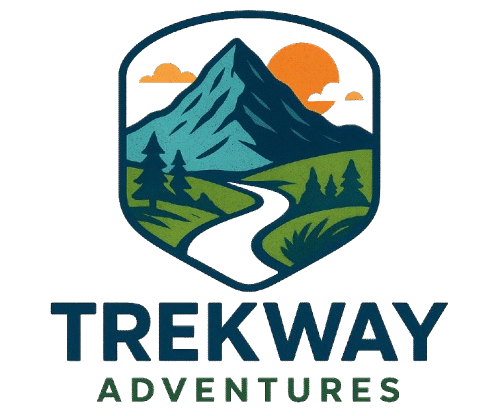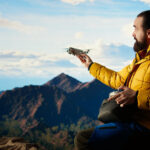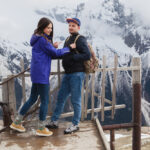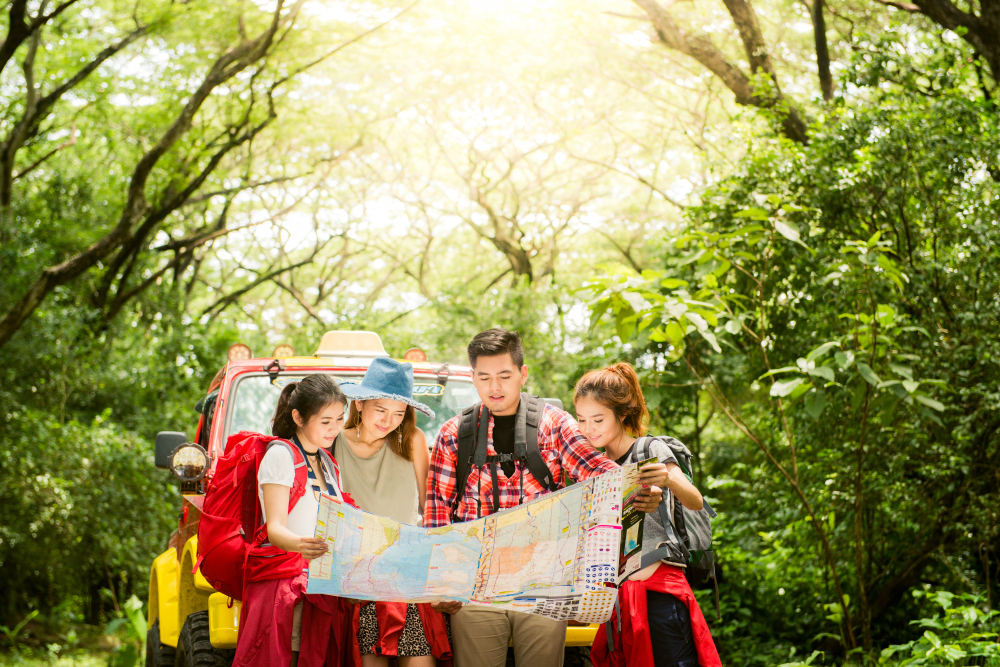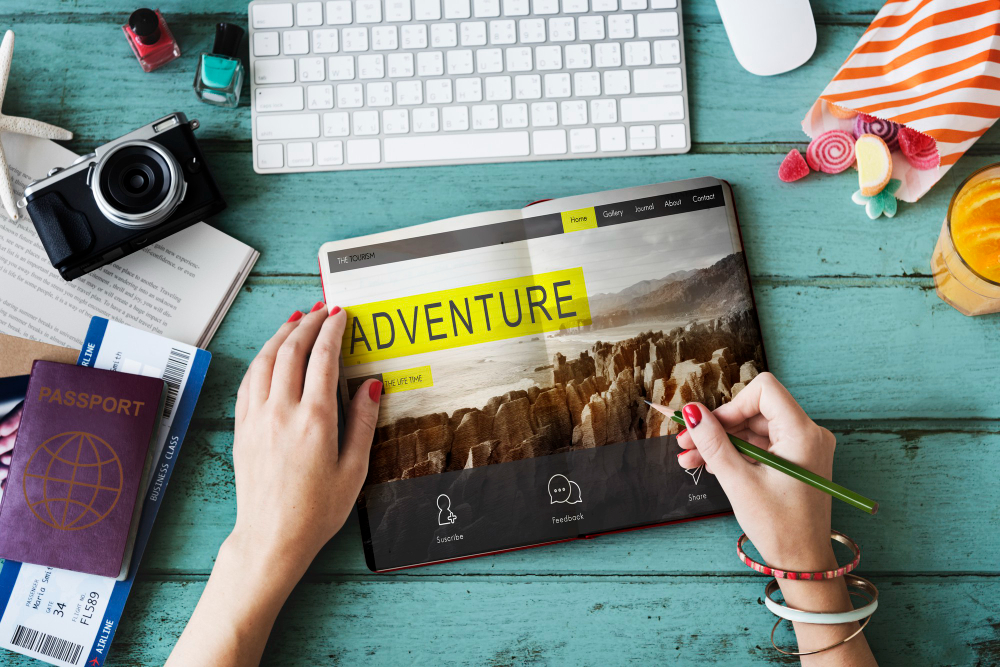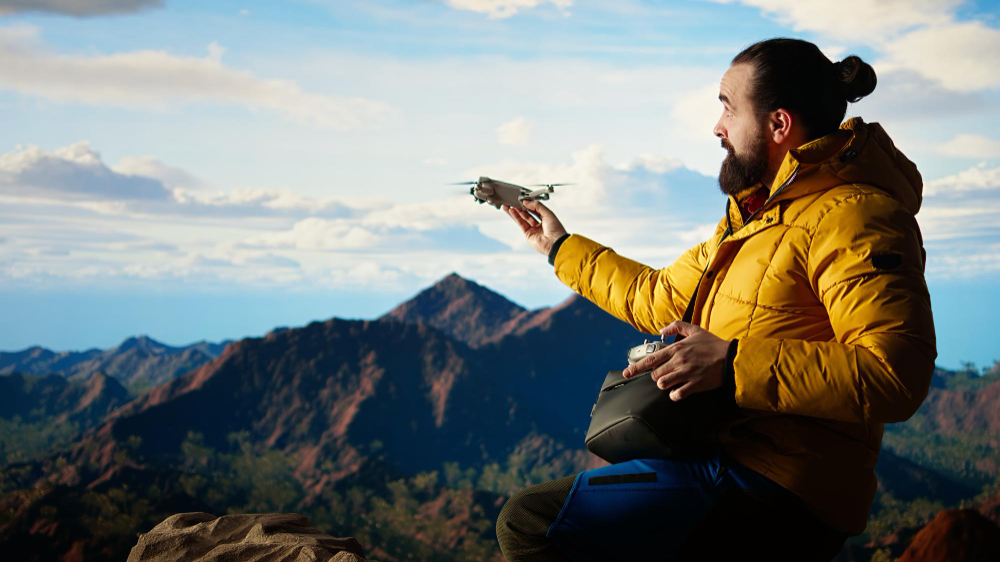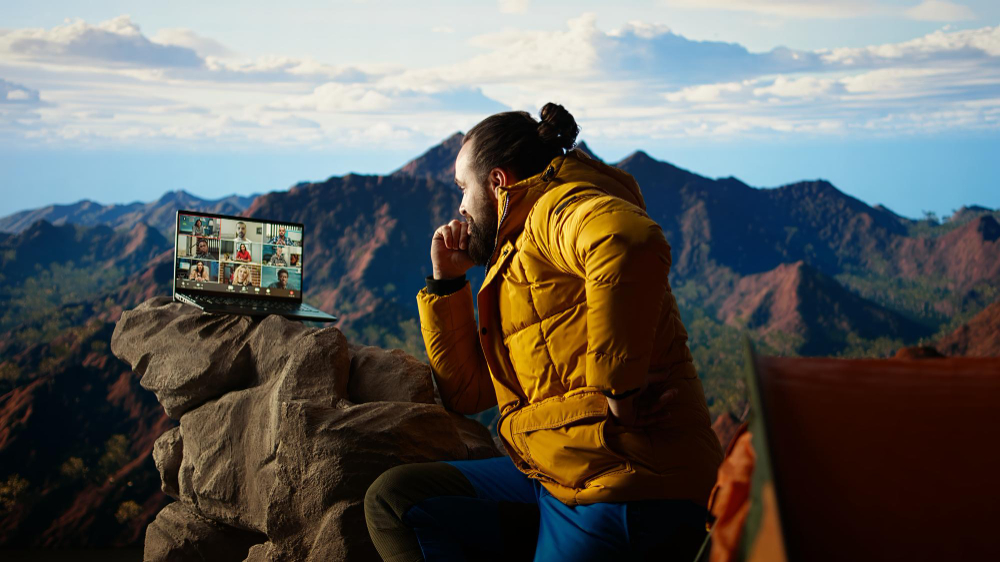👋 Welcome!
Mode Activated: 📝 Article Mode
Let’s create a fully SEO-optimized, long-form article for your keyword:
“How to Plan the Perfect Mountain Trek: Step-by-Step Guide”
Comprehensive SEO Outline
| Heading Level | Section Title |
|---|---|
| H1 | How to Plan the Perfect Mountain Trek: Step-by-Step Guide |
| H2 | Introduction: Why Mountain Trekking is the Ultimate Adventure |
| H2 | Step 1: Choose Your Ideal Mountain Destination |
| H3 | Research the Best Mountain Treks Around the World |
| H3 | Match the Trek to Your Fitness and Experience Level |
| H2 | Step 2: Decide the Best Time for Your Trek |
| H3 | Understanding Seasonal Conditions |
| H3 | Considering Weather, Crowds, and Safety Factors |
| H2 | Step 3: Plan Your Trekking Route and Duration |
| H3 | Using Maps and GPS Tools for Route Planning |
| H3 | Identifying Campsites, Water Sources, and Landmarks |
| H2 | Step 4: Get Physically and Mentally Prepared |
| H3 | Building Endurance and Strength Before the Trek |
| H3 | Mental Readiness for Long-Distance Treks |
| H2 | Step 5: Gather the Right Gear and Equipment |
| H3 | Essential Trekking Gear Checklist |
| H3 | Clothing, Footwear, and Weather Protection |
| H2 | Step 6: Organize Permits, Insurance, and Travel Documents |
| H3 | Applying for Trekking Permits and National Park Passes |
| H3 | Why Travel Insurance is Non-Negotiable |
| H2 | Step 7: Learn Essential Trekking Skills |
| H3 | Navigation and Orientation Basics |
| H3 | First Aid and Emergency Preparedness |
| H2 | Step 8: Plan Your Meals and Hydration Strategy |
| H3 | Meal Planning for Energy and Nutrition |
| H3 | Safe Water Collection and Filtration Tips |
| H2 | Step 9: Practice Sustainable Trekking |
| H3 | Leave No Trace Principles |
| H3 | Supporting Local Communities and Eco-Friendly Tourism |
| H2 | Step 10: Final Pre-Trek Checklist |
| H3 | Last-Minute Preparations Before Departure |
| H3 | Safety Checks and Communication Plans |
| H2 | FAQs About Planning a Mountain Trek |
| H2 | Conclusion: Conquer the Peaks with Confidence |
How to Plan the Perfect Mountain Trek: Step-by-Step Guide
SEO Title: How to Plan the Perfect Mountain Trek: Step-by-Step Guide for Every Adventurer
Meta Description: Discover how to plan the perfect mountain trek with this detailed step-by-step guide. Learn about choosing trails, packing essentials, training, safety, and sustainability tips.
Introduction: Why Mountain Trekking is the Ultimate Adventure
There’s something magical about the mountains — their silence, their grandeur, their call to adventure. Trekking through rugged trails and breathtaking vistas isn’t just about endurance; it’s about reconnecting with nature and yourself.
Whether you’re planning to hike the Himalayas, Andes, or the Rockies, knowing how to prepare can make the difference between an unforgettable journey and a stressful ordeal.
Here’s your step-by-step guide on how to plan the perfect mountain trek — from choosing your route to packing smart and staying safe.
Step 1: Choose Your Ideal Mountain Destination
Research the Best Mountain Treks Around the World
Start by shortlisting dream destinations. Some iconic options include:
- Everest Base Camp (Nepal) – Ideal for experienced trekkers.
- Annapurna Circuit (Nepal) – A blend of culture and scenery.
- Mount Kilimanjaro (Tanzania) – Africa’s highest peak.
- The Alps (Europe) – Perfect for scenic summer treks.
- Rocky Mountains (USA/Canada) – Diverse trails for all levels.
Match the Trek to Your Fitness and Experience Level
If you’re new to trekking, start with moderate trails that take 3–5 days. For seasoned adventurers, consider high-altitude or multi-week expeditions.
Step 2: Decide the Best Time for Your Trek
Understanding Seasonal Conditions
Each mountain range has its ideal trekking season. For example:
- Nepal: March–May and September–November
- Patagonia: November–March
- Europe: June–September
Considering Weather, Crowds, and Safety Factors
Avoid monsoon or heavy snow seasons. Fewer crowds in shoulder seasons often mean more peaceful trails and affordable stays.
Step 3: Plan Your Trekking Route and Duration
Using Maps and GPS Tools for Route Planning
Use reliable sources like AllTrails, Gaia GPS, or official park websites to map your route. Mark rest stops, water sources, and emergency shelters.
Identifying Campsites, Water Sources, and Landmarks
Plan your daily distances realistically—8 to 12 km per day is manageable for most beginners. Know your resupply points if your trek exceeds five days.
Step 4: Get Physically and Mentally Prepared
Building Endurance and Strength Before the Trek
Train at least 6–8 weeks in advance. Focus on:
- Cardio: Running, cycling, or stair climbing.
- Leg strength: Lunges, squats, and hill sprints.
- Back and core: Essential for carrying a backpack comfortably.
Mental Readiness for Long-Distance Treks
Long treks test your patience and perseverance. Practice mindfulness, and remember — the journey is just as important as the summit.
Step 5: Gather the Right Gear and Equipment
Essential Trekking Gear Checklist
Here’s what you’ll need for a mountain trek:
- Backpack (40–60L)
- Trekking poles
- Headlamp
- Sleeping bag (rated for mountain conditions)
- Tent (for self-supported treks)
- Multi-tool and first aid kit
Clothing, Footwear, and Weather Protection
Dress in moisture-wicking layers and sturdy waterproof boots. Always pack a rain jacket, gloves, and thermal base layers—mountain weather changes quickly.
Step 6: Organize Permits, Insurance, and Travel Documents
Applying for Trekking Permits and National Park Passes
Some treks, like the Inca Trail or Everest Base Camp, require advance permits that sell out months ahead. Research and book early.
Why Travel Insurance is Non-Negotiable
Opt for policies that cover altitude sickness, evacuation, and gear loss. This small step ensures peace of mind in unpredictable terrain.
Step 7: Learn Essential Trekking Skills
Navigation and Orientation Basics
Even if trekking with a guide, know how to use a map and compass. Download offline maps and carry a physical backup.
First Aid and Emergency Preparedness
Learn to treat blisters, sprains, and dehydration. Always carry a basic first aid kit and emergency contact list.
Step 8: Plan Your Meals and Hydration Strategy
Meal Planning for Energy and Nutrition
Carry lightweight, high-energy foods:
- Instant noodles or freeze-dried meals
- Nuts, protein bars, and jerky
- Electrolyte powders for hydration
Safe Water Collection and Filtration Tips
Bring a water filter or purification tablets. Refill at streams or camp taps where available, but always treat water before drinking.
Step 9: Practice Sustainable Trekking
Leave No Trace Principles
Respect nature and minimize impact by following these principles:
- Dispose of waste properly.
- Camp only in designated areas.
- Avoid loud noises and disturbing wildlife.
Supporting Local Communities and Eco-Friendly Tourism
Hire local guides and porters, buy local products, and stay in eco-lodges to contribute to sustainable tourism.
Step 10: Final Pre-Trek Checklist
Last-Minute Preparations Before Departure
- Double-check weather forecasts.
- Pack extra batteries and waterproof covers.
- Inform a friend or family member of your itinerary.
Safety Checks and Communication Plans
Carry a satellite phone or GPS tracker for remote treks. Always have an emergency evacuation plan.
FAQs About Planning a Mountain Trek
Q1. How early should I start preparing for a mountain trek?
At least 6–8 weeks before your trek to build endurance and test your gear.
Q2. Do I need a guide for mountain treks?
Not always—but for challenging or unfamiliar terrain, a certified local guide ensures safety and local insight.
Q3. How do I avoid altitude sickness?
Ascend gradually, stay hydrated, and rest if symptoms appear. Medications like acetazolamide can help.
Q4. What’s the ideal backpack weight?
Keep it under 20% of your body weight to maintain balance and comfort.
Q5. How do I stay motivated on long treks?
Set daily milestones, enjoy the scenery, and remember why you started the journey.
Q6. Are mountain treks safe for solo travelers?
Yes, with preparation. Choose well-marked routes and check in regularly with local authorities.
Conclusion: Conquer the Peaks with Confidence
A mountain trek is more than a physical challenge — it’s a test of spirit, endurance, and respect for nature. With careful planning, the right gear, and an adventurous mindset, you can safely conquer any peak and create memories that last a lifetime.
So tie your laces, shoulder your pack, and step confidently toward the mountains — your next great adventure awaits! 🏔️
External Source:
For more trekking preparation resources, visit REI’s Expert Guide to Trekking.
